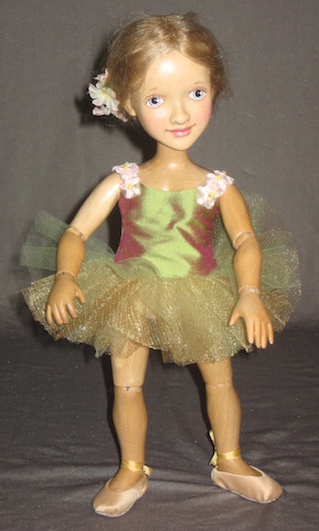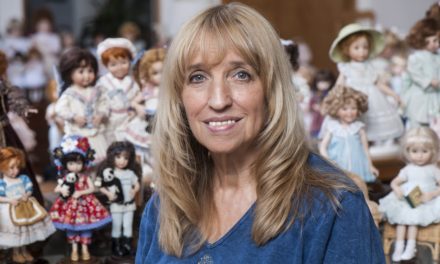By Jan Foulke
Photo courtesy of Foulke Archives
Q: We found these little items which are marked “Made in Japan” when we were clearing out my grandmother’s house. Can you tell me anything about them?
A: Japan has a history of producing some very fine porcelain. Especially notable are the Nippon-marked items with their beautiful shapes and their lovely hand-painted scenes and decorations, many with applied gold and beading, which were sold in fine shops and stores. The Nippon era lasted from 1891 to 1921.
The Japanese porcelain trade was centered in Kyoto, where there were also factories that produced a lower grade of items to sell in cheaper venues, such as 5 & 10 Cent stores and souvenir shops. During the First World War, from 1914 to 1918, bisque dolls were no longer available from Germany and France, so distributors had to find other sources. They settled on Japan. After the war, most production again went back to Germany, but Japan dolls were cheaper, and they retained a portion of the production, especially the small all-bisque novelty items, which were inspired by Rose O’Neill’s Kewpie dolls.
That style, basically a one-piece doll with jointed shoulders, became extremely popular. Some were given names such as Cupid, Sonny, or Chubby. After 1921, dolls were marked “Made in Japan.” Collectors often call the little dolls in the style of your girls “Betty Boop,” as she was the quintessential girl of the 1920s.
Dolls like these were not only playthings for children, they also were bought by adults to use as party favors and table decorations for holiday gatherings. Your larger girl, dressed in her original crepe paper outfit with the bouquet of flowers, could easily have been a favor at a wedding or bridal shower. Many of this type are found dressed in crepe paper outfits as brides or grooms and were intended for wedding souvenirs. And of course, many of them found their way into little girls’ hands as playthings. After all, what little girl didn’t like to play wedding? Collectors especially like to find these little dolls in their original clothing.
Jan Foulke (retired) is an authority on antique and vintage dolls, with over 40 years of experience in the field. She’s the author of the full-color reference book “Jan Foulke’s Guide to Dolls.” Subscribe now to read Foulke’s columns in DOLLS online archive of past issues!







